Communist Countries
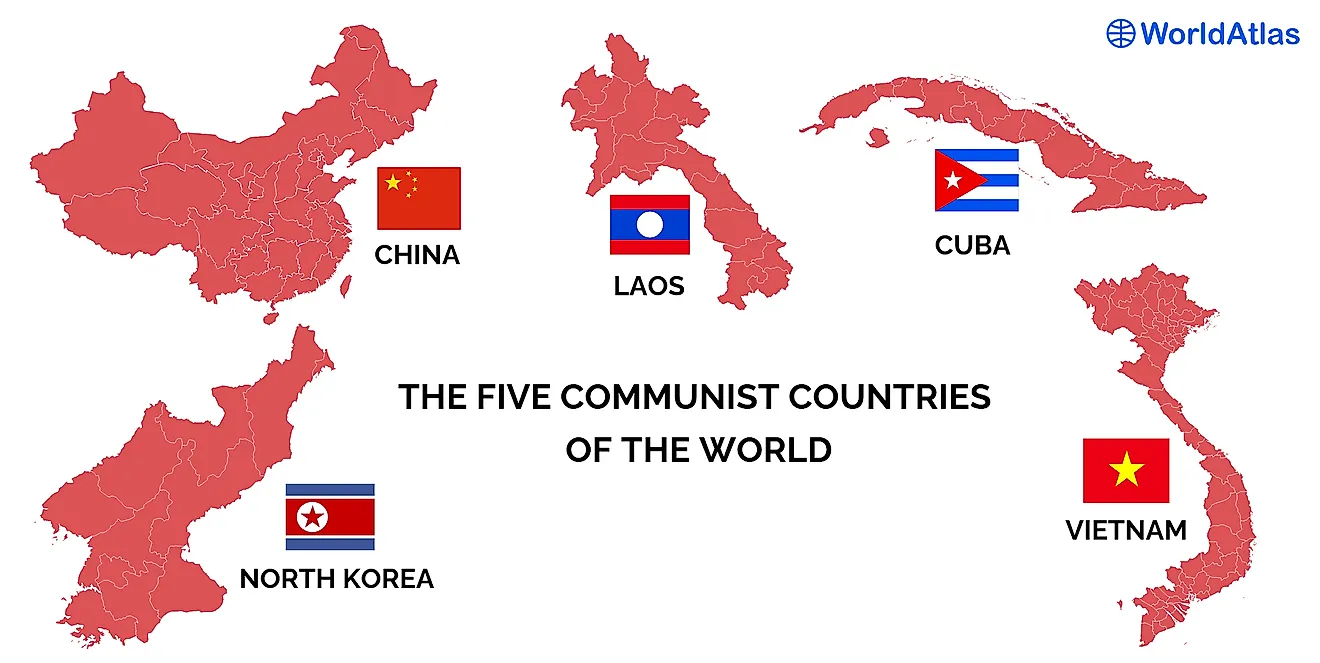
- There are now just 5 communist countries left in the world: China, North Korea, Cuba, Vietnam, and Laos.
- China has the largest communist party in the world.
- At one time, all of Eastern Europe was controlled by communist regimes.
- All currently communist countries have introduced capitalist market reforms into their economies.
- In all communist countries, the country's national communist party has a monopoly on power, and does not tolerate challenges to its rule.
At one time, there were communist countries all over the world. All of Eastern Europe, for example, was once ruled by communist regimes. But in the late 1980s and early 90s, communism began to crumble. Today, there are just five countries in the world that are communist. Those countries are North Korea, Vietnam, Laos, Cuba, and China. In many cases, these countries call themselves socialist rather than communist, as many communists believe that the socialism and communism are synonymous. Ironically, however, they may not necessarily follow communist ideology. Indeed, these countries have all introduced at least some reforms to their economies to make them more capitalist.
Democratic People’s Republic of Korea (North Korea)
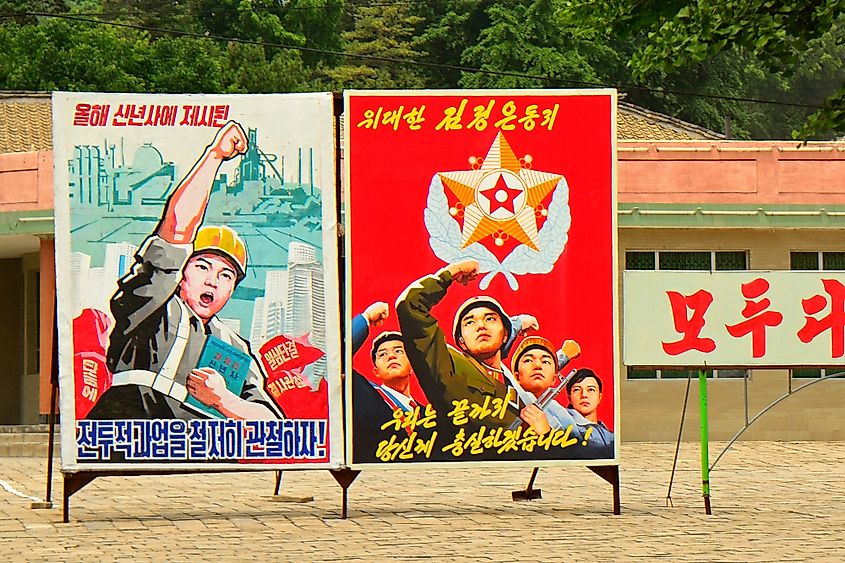
Arguably, no other communist country has remained attached to communist ideology more than North Korea. The country adheres to an indigenous type of communist known as Juche, which promotes self-reliance and complete independence from the rest of the world. As such, North Korea has been regarded as one of the most isolated countries in the world. In accordance with the Juche ideology, the state has complete control over the country’s economy.
In the 1990s, natural disasters, poor agricultural policies, and other economic mismanagement led to famine in the country, with many North Koreans suffering from malnutrition or dying of starvation. Meanwhile, rather than invest in the well-being of its people, the ruling regime has continued to invest heavily in its military, which is now thought to have nuclear weapons.
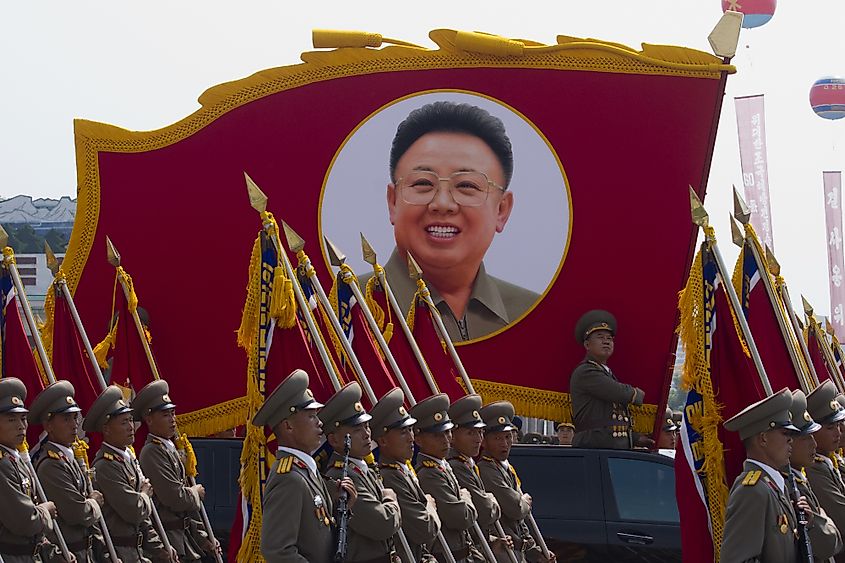
Today, North Korea remains a totalitarian dictatorship under current leader Kim Jong Un. The North Korean people are taught to view him and his predecessors as god-like. News is tightly controlled. In fact, ordinary North Korean citizens have almost no way of connecting to the outside world. Any hint of dissent is quickly crushed. In addition, although some minor economic reforms have been instituted in the country, North Korea’s economy remains under the tight control of the ruling regime.
Socialist Republic Of Vietnam
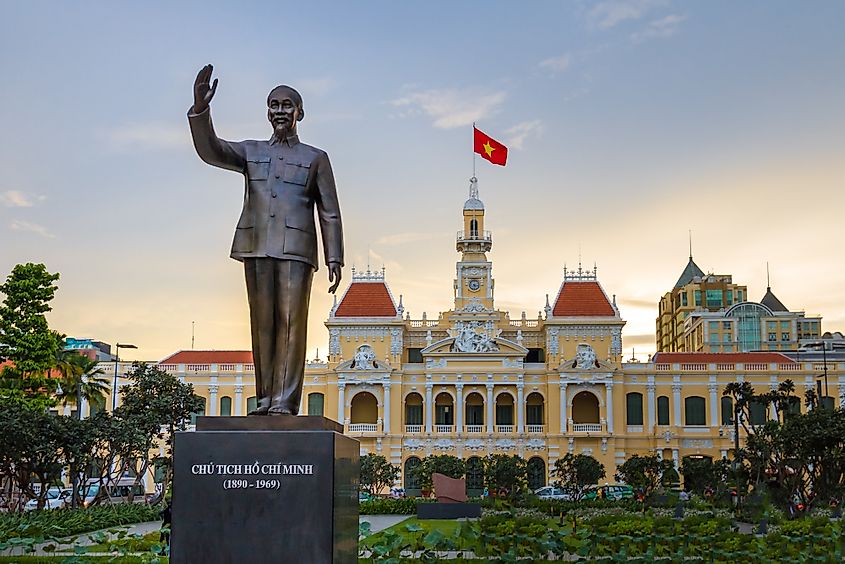
Vietnam has been ruled by a communist regime since 1975, when the country was reunited in the aftermath of the Vietnam War. The country is a one-party state, ruled by the Communist Party of Vietnam. Unlike North Korea, however, the regime’s commitment to communist ideology is now minimal at best. In 1986, Vietnam introduced a policy known as Doi Moi, which sought to turn the country’s economy from a centrally-planned, communist-style economy into a more capitalist, market-driven economy. Since the economic reforms took hold, economic growth in the country has soared.
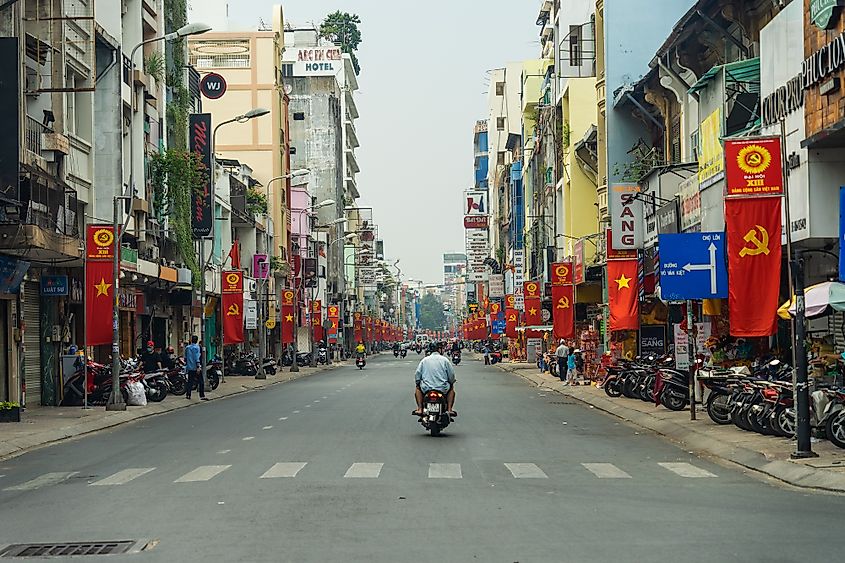
Nevertheless, the Communist Party of Vietnam continues to hold a monopoly on power in the country. The Vietnamese government has been accused of severely restricting the human rights of their people. The media is tightly controlled, and those who speak out against the regime are routinely harassed, assaulted, arrested, and imprisoned. Thus, Vietnam officially remains a communist dictatorship, but the communist ideology has all but been abandoned.
Lao People’s Democratic Republic (Laos)
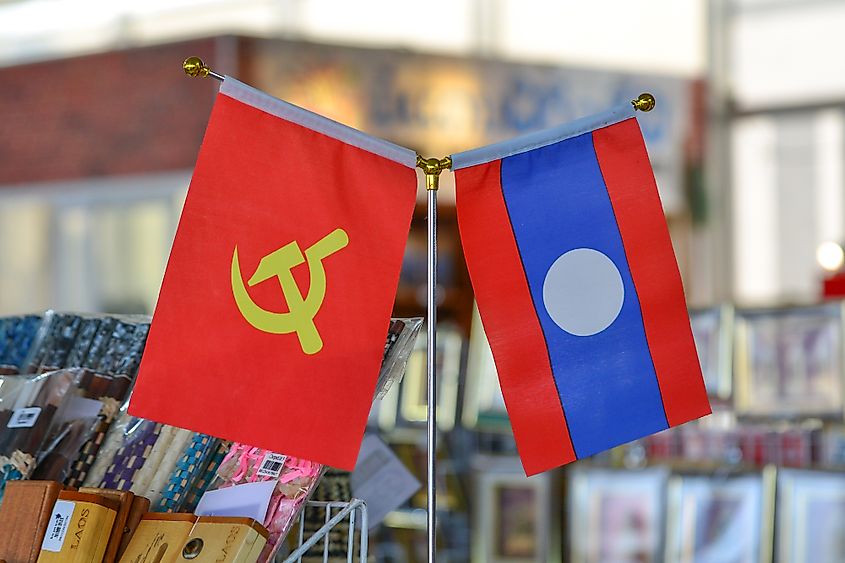
Vietnam’s western neighbor, Laos, has had a communist regime since 1975. The country’s communist party is known as the Laotian People’s Revolutionary Party (LPRP). Unlike other communist regimes, the government of Laos does not openly profess communism. In fact, the word “communism” does not appear in official documents, nor is the country strewn with statues of communist leaders like Marx and Lenin. The political realm in Laos is known to be very secretive, with no one outside the regime really knowing what is transpiring in the corridors of power.
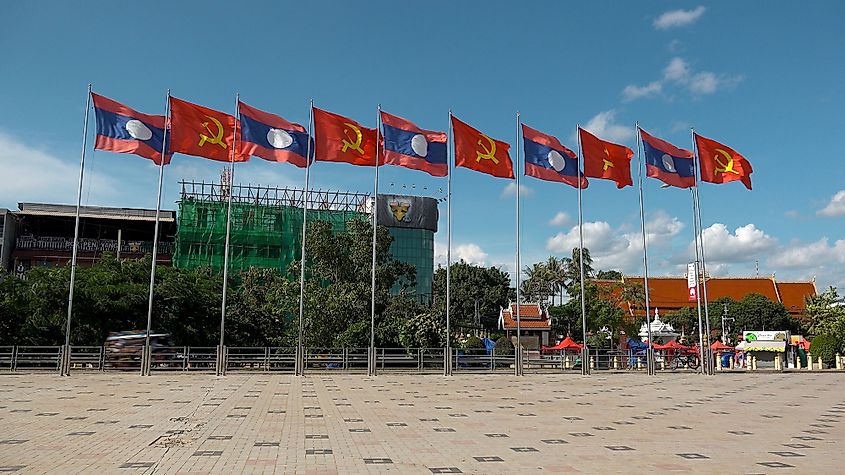
Like Vietnam, Laos introduced economic reforms in 1986. Since then, Laos has enjoyed steady economic growth and a significant reduction in poverty. In 1991, the country adopted a constitution that supposedly guarantees fundamental human rights. But some rights, such as the right to life, freedom of expression, freedom of assembly, freedom from arbitrary arrest, and freedom from torture are not included in the constitution, nor is the right to a fair trial or an independent judiciary.
In practice, challenges to the LPRP’s power are not allowed, and quickly snuffed out. Also, as in other communist states, the regime maintains tight control over the country’s media. Thus, it controls most media outlets, though in recent years, some entertainment magazines that do not carry political content have emerged. The use of social media is also widespread in the country, but the government monitors it for any content that they view as negative. Posting such content can lead to punishment.
Republic of Cuba
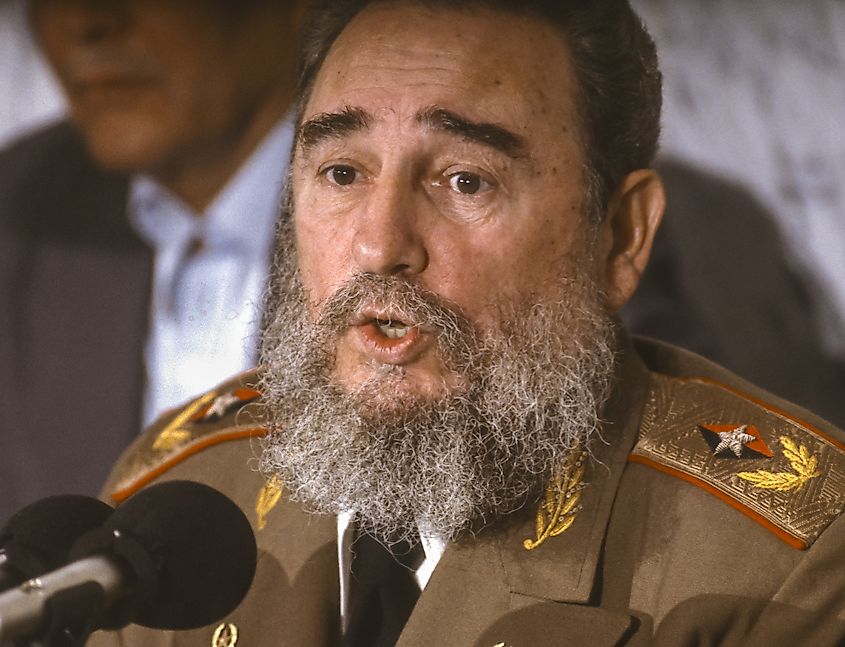
The island country of Cuba is the only communist country in the Western Hemisphere. It has been under communist rule since 1959, when Marxist guerrillas, led by Fidel Castro, seized power from military dictator Fulgencio Batista. Castro led Cuba until he retired in 2008. He died eight years later. After the communists took power in Cuba, they set about improving the country’s infrastructure and providing free healthcare and education for all Cubans. All private businesses were nationalized. To this day, Cuba continues to provide universal healthcare and education for its citizens. Thus, Cuba has some of the highest healthcare and educational standards in Latin America.
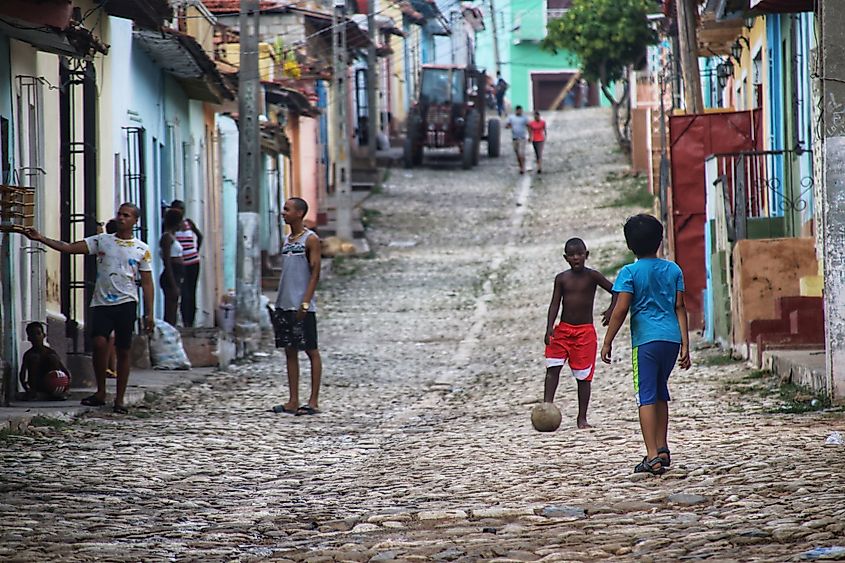
But as in other communist countries, Cuba’s Communist Party has a monopoly on power in the country. Dissent is not tolerated. Cuba was forced to introduce free market reforms to help bolster economic prospects after the fall of its most valuable ally, the Soviet Union, and the tightening of the U.S. economic embargo on the country. These reforms were accelerated in the late 2000s and early 2010s. The Cuban government even legalized private ownership of cellphones and computers. Cuba has also become less isolated as diplomatic ties with the European Union have been restored. In 2014, the U.S. began a rapprochement with Cuba, easing some restrictions and restoring some diplomatic ties with the communist country.
Despite reforms and efforts to de-isolate the country, however, Cuba’s economy continues to struggle. In addition, rapprochement with the U.S. came to a halt following the election of U.S. President Donald Trump in 2016. Trump reversed many of the measures introduced by his predecessor, Barack Obama that led to a thaw in relations between the U.S. and Cuba.
People’s Republic of China
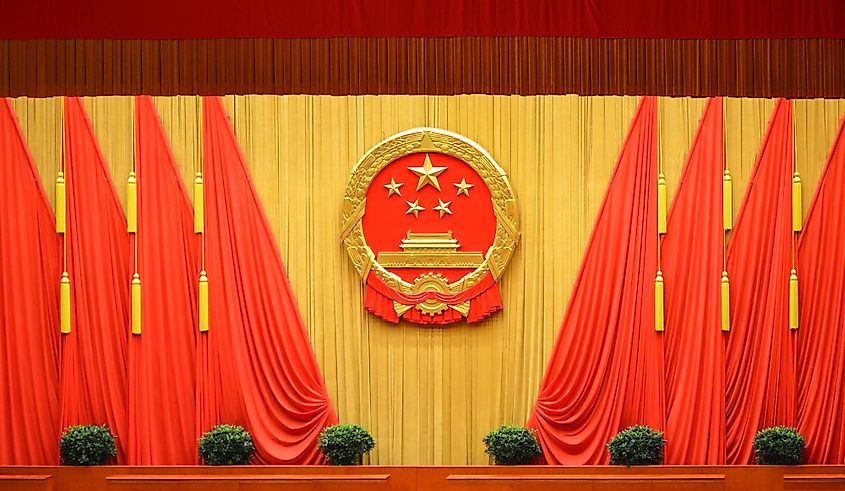
China is the largest communist country in the world. Its communist regime dates back to 1949, when communist forces, led by Mao Zedong, defeated nationalist forces in a civil war and proclaimed the establishment of the People’s Republic of China. China’s Communist Party is the largest communist party in the world, with approximately 90 million members. For decades following the establishment of communist rule in China, agricultural land was collectivized and all businesses were brought under state control. The economic policies of the communist government up until the 1970s led to the deaths of tens of millions of Chinese citizens due to starvation, torture, forced labor, and suicide.
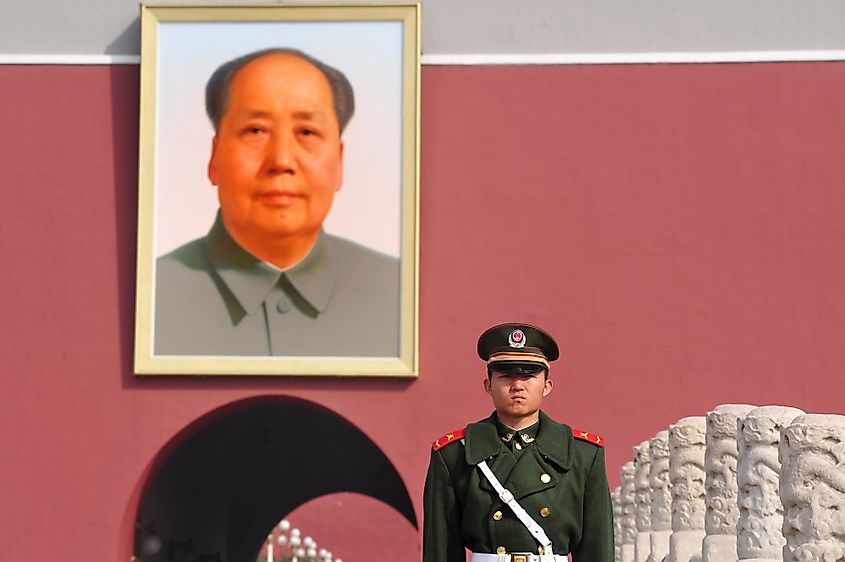
But in 1976, Mao Zedong passed away and was succeeded by Deng Xiaoping, who began instituting economic reforms. The result of these reforms was the rapid expansion of the Chinese economy. Today, China has the world’s second largest economy. The country has all but abandoned the economic component of communist ideology. What has not been abandoned, however, is the repressive measures to control dissent that communist regimes are known for. Despite China having become a vibrant, capitalist economic juggernaut, it is still regarded as a one-party dictatorship, where the Communist Party of China has a monopoly on power. Challenges to this monopoly are not allowed and are vigorously suppressed. The media, including the internet, is heavily censored. In addition, membership in the Communist Party of China remains the ticket to career advancement for Chinese citizens.











